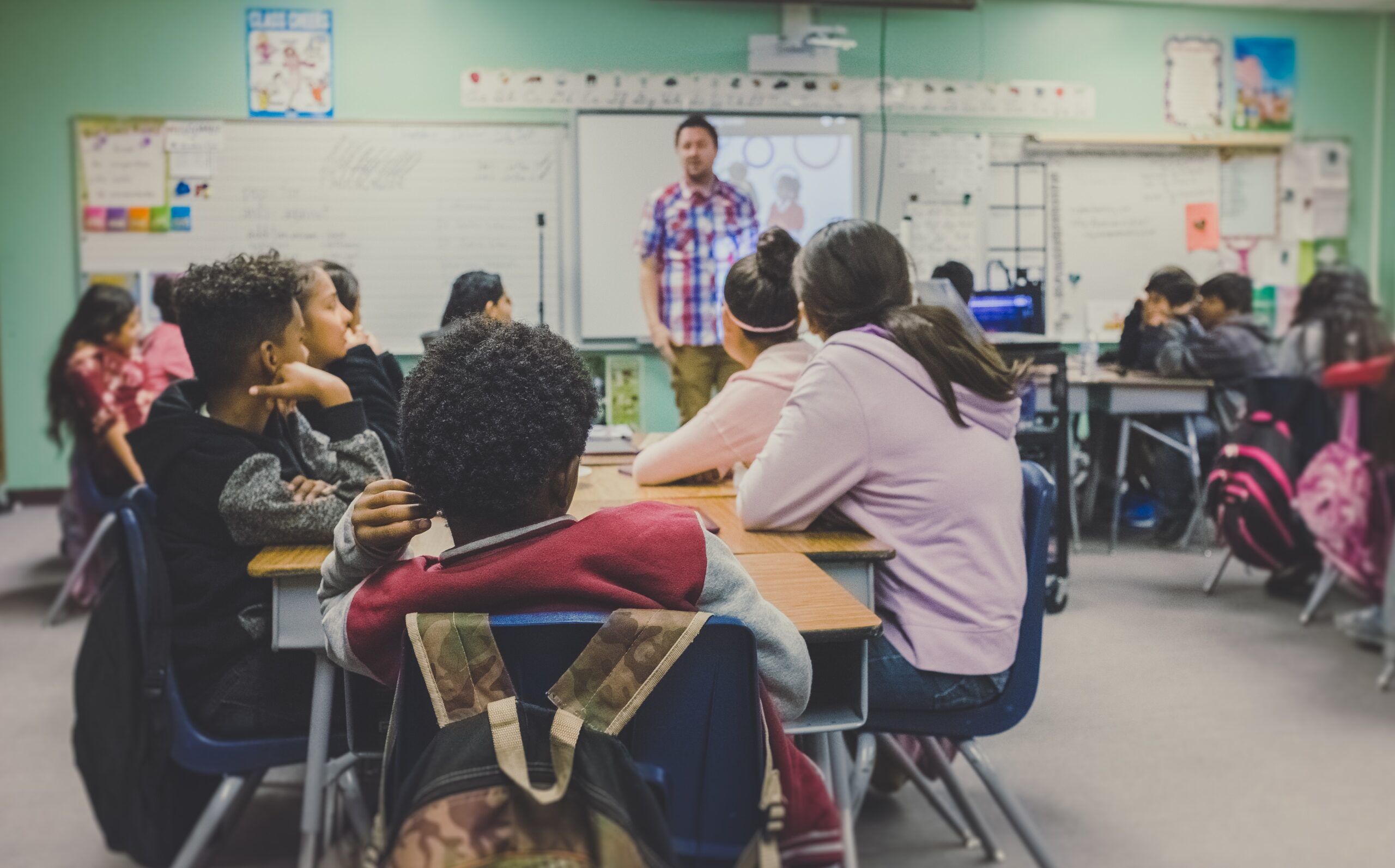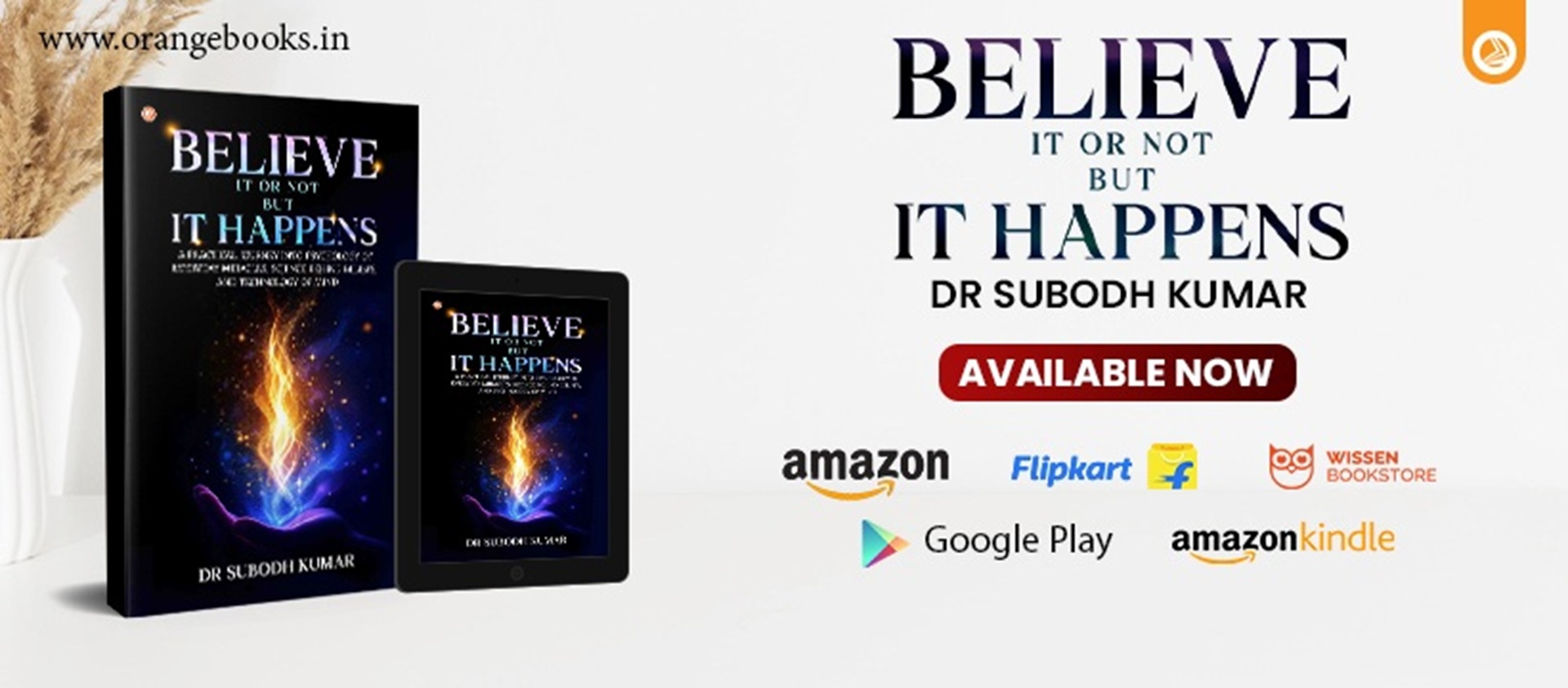Peace psychology is a multidisciplinary field that explores the psychological factors influencing conflict and the promotion of peace at individual, interpersonal, and societal levels. In this blog, we will delve into the concepts of violence, non-violence, conflict resolution at a macro level, and the significant role of media in fostering peace and resolving conflicts on a broader scale.
Violence and Peace:
- Understanding Violence:
- Definition: Violence can take various forms, including physical, psychological, and structural violence. It involves the use of force or power to harm, control, or manipulate others.
- Psychological Roots: Violent behaviours often stem from frustration, fear, prejudice, or a desire for dominance.
- Non-Violence as a Philosophy:
- Definition: Non-violence is a philosophy that rejects the use of physical or psychological force to achieve social or political goals.
- Influence of Leaders: Figures like Mahatma Gandhi and Martin Luther King Jr. exemplify the transformative power of non-violence in achieving societal change.
Conflict Resolution at a Macro Level:
- Diplomacy and Negotiation:
- Role in Conflict Resolution: Diplomacy involves open communication, negotiation, and peaceful dialogue between conflicting parties.
- Psychological Aspects: Building trust, understanding the needs of both parties and finding common ground is crucial for successful conflict resolution.
- International Relations and Peace Treaties:
- Role in Conflict Resolution: International cooperation through treaties and alliances aims to prevent and resolve conflicts.
- Psychological Impact: Establishing shared values and fostering collaboration can contribute to long-term peace.
- Transitional Justice:
- Role in Conflict Resolution: Addressing historical injustices through mechanisms like truth and reconciliation commissions promotes healing and reconciliation.
- Psychological Healing: Acknowledging past wrongs and providing a platform for victims’ voices aids in the psychological healing of societies.
Role of Media in Conflict Resolution:
- Shaping Public Opinion:
- Influence on Conflict: Media plays a crucial role in shaping public perception of conflicts, either perpetuating or mitigating tensions.
- Peace Journalism: An approach that emphasizes non-violent solutions and human-centric narratives, promoting understanding and empathy.
- Disseminating Information:
- Role in Conflict Resolution: Timely and accurate information dissemination helps create awareness and understanding.
- Psychological Impact: Providing reliable information contributes to informed decision-making and reduces the potential for misinformation-driven conflicts.
- Fostering Dialogue and Understanding:
- Role in Conflict Resolution: Media platforms can facilitate open dialogue and promote understanding between conflicting parties.
- Psychological Bridge: By creating a platform for diverse perspectives, media serves as a psychological bridge, fostering empathy and reducing stereotypes.
- Countering Hate Speech and Propaganda:
- Role in Conflict Resolution: Media can counteract hate speech and propaganda, which often fuel conflict.
- Psychological Impact: By challenging divisive narratives, media contributes to a more inclusive and tolerant social environment.
- Peacebuilding Narratives:
- Role in Conflict Resolution: Shifting the narrative from conflict-driven to peace-oriented stories helps build a culture of peace.
- Psychological Transformation: Positive narratives contribute to a psychological transformation, inspiring hope and fostering a collective commitment to peace.
Challenges and Future Directions:
- Media Bias and Sensationalism:
- Challenge: Media bias and sensationalism can perpetuate stereotypes and exacerbate conflicts.
- Future Direction: Promoting media literacy and ethical journalism can mitigate these challenges.
- Digital Media and Misinformation:
- Challenge: The rapid spread of misinformation through digital media poses a significant threat to peace.
- Future Direction: Developing strategies to combat misinformation, promoting fact-checking, and fostering critical media consumption skills are essential.
- Cultural Sensitivity in Reporting:
- Challenge: Reporting on conflicts without cultural sensitivity can deepen misunderstandings.
- Future Direction: Encouraging cross-cultural training for journalists and promoting diversity in media representation can enhance cultural sensitivity.
Conclusion:
Peace psychology, with its focus on understanding violence, promoting non-violence, and facilitating conflict resolution at a macro level, offers valuable insights into building a more peaceful world. The role of media is particularly significant in shaping public perception, disseminating information, fostering dialogue, countering hate speech, and promoting peacebuilding narratives. By addressing challenges such as media bias, sensationalism, and digital misinformation, and by promoting cultural sensitivity in reporting, we can harness the power of media as a force for peace. Ultimately, the integration of psychological principles and media practices can contribute to a global culture that values dialogue, empathy, and cooperation, fostering a sustainable foundation for peace.







